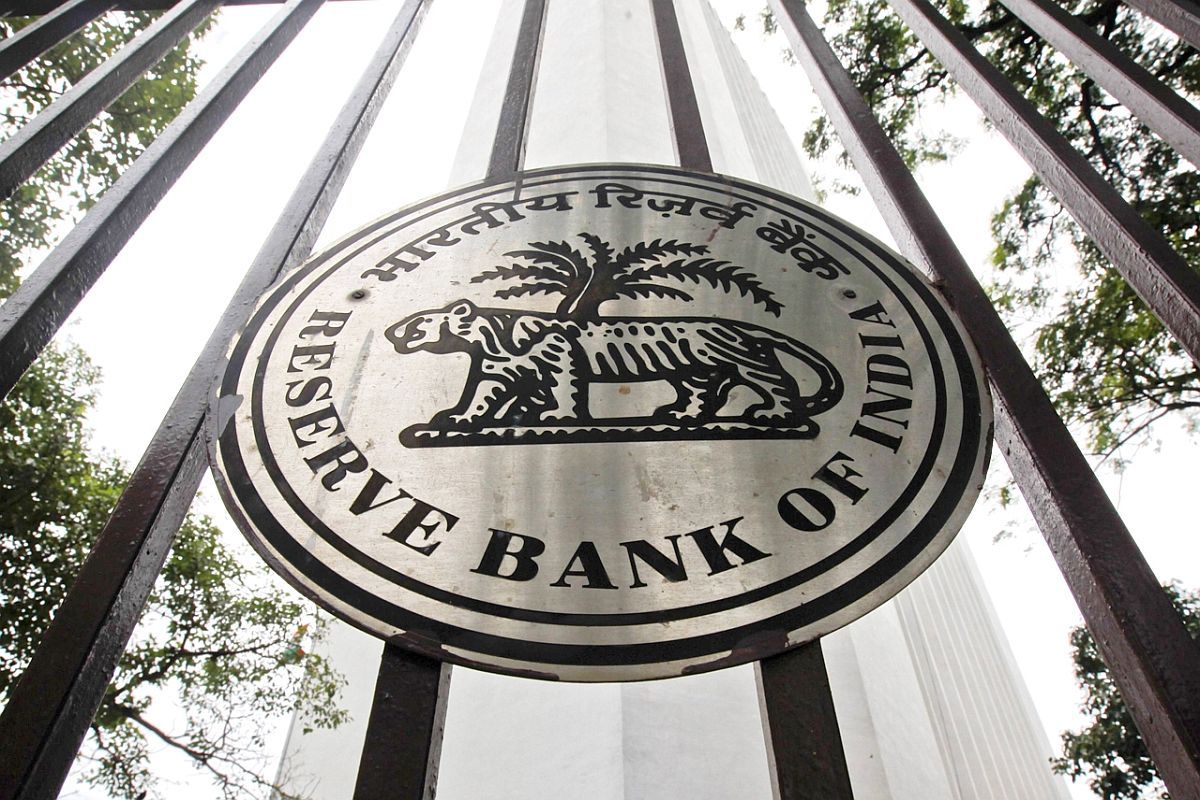The Finance Ministry may ask the Reserve Bank of India (RBI) to put a strong regulatory framework around NBFCs accessing non-bank public deposits, like pension and provident fund, as these are savings of the salaried class and must be kept away from avoidable risks like infrastructure NBFCs.
Faced with liquidity crunch after IL&FS default and with rising number of defaults, the shadow bankers are seeking a bailout in the form of a separate liquidity window. But any decision on this would require detailed discussions, sources said.
Advertisement
According to Finance Ministry sources, though non-banking financial companies (NBFCs) are major finance providers, they are at present in deficit. “Their sources of funds are the market, not public. There has to be greater granularity in their liquidity requirements vis-a-vis the assets and liabilities, and the RBI will look into that.”
Remarking that there are asset-liability mismatches in some cases, sources said, “Only the infrastructure-funding NBFCs need a separate credit window. Public deposit is not the option, in case of such NBFCs.”
According to another source, retirement and insurance funds are hard-earned money of the middle class saved for twlight years and emergencies. “Such savings should not be invested in markets, where the risks are unseen and sudden and the hope for higher returns may sometimes result in exemplary losses, as seen in the case of IL&FS, where after losing money the middle class investors looked up to the government for recovery.”
Even the Employees Provident Fund Organisation (EPFO), sources said, could pull back from NBFC investments to avoid default risks.
The EPFO’s Finance, Investment and Audit Committee (FIAC), at its meeting earlier this month, “alerted by the downgrading of certain NBFCs sought steps to avoid default and loss of money” to ensure safety of workers’ retirement savings.
Following this, the Finance Ministry is monitoring the EPFO and what it plans to do with investments in troubled NBFCs, such as Dewan Housing Finance Limited (DHFL).
Earlier this month, CARE Ratings downgraded the DHFL borrowings, which included long-term bank facilities, a fixed deposit programme, perpetual debt, subordinated debt and non-convertible debentures (NCDs). DHFL is a housing finance company worth Rs 1.13 trillion.
The CARE action came just three days after rating agency Crisil downgraded the Rs 850 crore DHFL commercial papers.
Last year, the NBFCs had petitioned the Prime Minister saying ‘systemically important’ NBFCs should be allowed to access public deposits and even demanded a separate RBI credit line.
But it would not be easy for the RBI to tighten or close a key source of funding — comprising insurance, provident and pension funds — for a sector already facing fund crunch to avoid future default risks.
At best, it can ask managers of such public funds to seek early re-payment from troubled NBFCs.
Mutual funds are another source of NBFC funding, but they are pure market instruments. Though insurance regulator IRDAI has not yet sought details of insurance companies’ exposure to DHFL, insurers have slowed investments in NBFCs.
Most insurers have become cautious about buying NBFC securities on concerns of asset-liability mismatch, after trouble arose at IL&FS. The insurers feel the money invested belonged to policyholders and returns on it may become difficult if the company defaulted.
The IRDAI has asked insurers for details of their exposure to IL&FS and has said they will have to make provisions for it as it cannot be written off.
IRDAI Chairman Subhash Chandra Khuntia said insurers should not concentrate risks in a few entities and must diversify investments. But insurers and pension and provident managers say there is a dearth of good investment opportunities, which leads them to NBFC investment.
The RBI, when it starts looking into the process of creating a separate liquidity window, may seek views from insurance regulators as well as pension fund regulator PFRDA, sources said.











